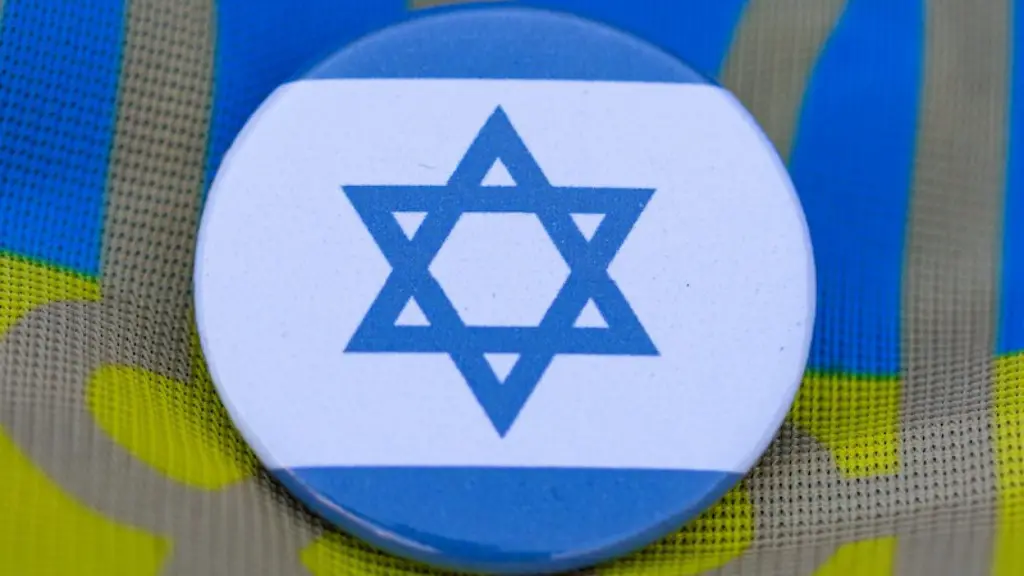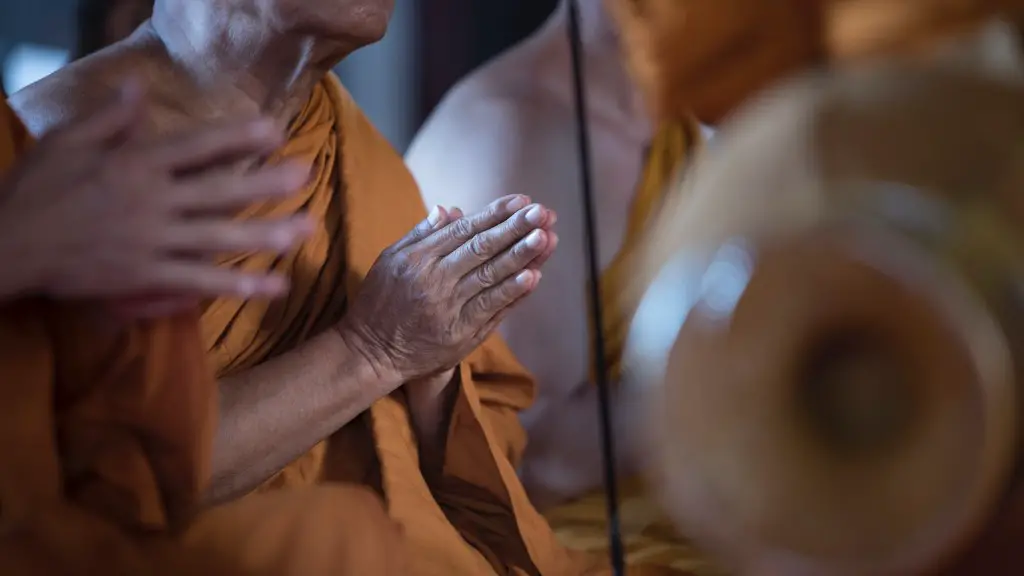Where Is Orthodox Judaism Practiced?
Orthodox Judaism is a conservative form of the religion, focused on principled adherence to traditional Jewish religious law. The practice of Orthodox Judaism splintered off from mainstream Judaism during the 18th century, which is why there is an Orthodox component to the religion today. Orthodox Jews believe in following the laws set forth in the Torah and Talmud, and since each sect has its own interpretations of the laws, Orthodox sects often differ from one another.
The main distinction between Orthodox Jews and other Jews is that Orthodox Jews keep the laws of the Torah to the letter and use traditional methods of interpretation to adhere to those laws. This includes refraining from activities and practices not allowed in the Torah, as well as following kosher dietary laws and other regulations. Orthodox Jews do not accept the truth of the Reform and Conservative movements, which makes them at odds with other Jewish denominations.
Where orthodox Judaism is practiced depends largely on the sect of Judaism one is referring to. Most orthodox sects are centered around the geographic and ideological divisions between the Ashkenazi and Sephardi Jews. However, sect matters less than it used to, since increasing levels of interaction and communication have helped to bridge the gap between these two major communities.
The Ashkenazi Jewish communities tend to reside in Europe and the United States, and there is a high concentration of practitioners in places such as Israel and the United States. The Sephardi Jewish community, on the other hand, is concentrated largely in the Middle East, North Africa, South America and some parts of Europe. Because of their location and their adherence to traditional religious norms, many Sephardi Jews follow alternative forms of orthodox Judaism that allow for certain variations in their observances, such as Sabbath day customs.
While most European and American Jews are of Ashkenazi descent and thus follow a stricter form of Orthodox Judaism, there are many who do not follow a strict version of the religion. Some of these individuals affiliate themselves with the Conservative, Reform, or Reconstructionist branches of Judaism, which view the interpretation of Jewish law more flexibly, allowing for individual interpretation and expression of belief. However, these branches are not considered by all to be true forms of Orthodox Judaism, since they don’t accept the traditional laws and interpretations of the Torah.
History and Development
Orthodox Judaism dates back to Rabbinic Judaism in the 1st and 2nd centuries C.E. It was during this time that the sages, or rabbis, laid down the laws of the Torah and began to develop an organized system of study and interpretation of the sacred texts. In the 16th century, Shneur Zalman of Liady developed the Chabad movement, which is an important part of the Hasidic branch of modern Orthodox Judaism.
During the 18th century, the Reform movement began to emerge in Germany and spread outwards. Reform Jews chose to take the interpretation of Jewish law in an individualistic direction, where each person could interpret the law as they see fit. This new belief system then led to the creation of the Conservative movement, which is another branch of non-Orthodox Judaism.
Orthodox Judaism continued to evolve over the years, as its followers have found ways to adjust to modern life while remaining obedient to the traditional laws of the Torah. In the 19th century, the Yeshiva movement developed in Eastern Europe, with the goal of keeping Jewish law alive by producing scholars with expertise in Jewish learning and Talmud study. Today, there are many Orthodox Jewish organizations around the world that are dedicated to upholding traditional beliefs and practices.
Change Over Time
Over time, the practice of Orthodox Judaism has changed. Many Orthodox Jews now attend college and universities, enter professions that were not traditionally accepted by Orthodox Jews, and even involve themselves in political movements. Modern Orthodox Jews believe that it is possible to live in the modern world while still adhering to traditional Jewish law.
In the past, Orthodox Jews tended to keep to themselves and rarely interacted with the outside world. Today, however, there is a greater level of involvement between Orthodox Jews and non-Orthodox Jews. Many of the values and beliefs shared by both groups now overlap, which has caused some tension within the Orthodox community.
The dominant approach to religious education has also changed in recent years. In the past, most education was provided in the traditional Yeshivas, with an emphasis on strict adherence to Jewish law and ritual. In more recent times, there has been an increased emphasis on modernistic ideologies, such as Zionism and secular education. In some Orthodox circles, females are encouraged to attend college and pursue their own interests.
Role In Society
The role of Orthodox Jews in society has shifted over time. In the past, Orthodox Jews were seen as a separate and distinct group and kept to their own communities. Today, however, there is a greater sense of tolerance and acceptance of Orthodox Jews in society. This has allowed them to become more involved in the political and social aspects of society, and in some cases, even occupy positions of influence.
Although Orthodox Jews remain a minority, they have become a much more visible presence in the public sphere. They are frequently seen in media, on television and in films, and are often consulted for their expertise in religious matters. In many countries, Orthodox Jewish organizations have successfully lobbied for a greater say in matters involving public policy and Jewish law.
Cultural Practices
The Orthodox Jewish community has a number of rituals and customs, most of which are based on the laws of the Torah. These include special dietary laws, such as kosher food and restrictions on food from certain animals, such as pork and shellfish. Other rituals include weekly worship in the synagogue and observing certain holidays, such as Passover and Yom Kippur.
Dress is also a factor that distinguishes Orthodox Jews from other Jewish denominations. Men who are affiliated with the Orthodox Jewish faith, for example, typically wear a tallit (prayer shawl) and kippah (head covering) during prayer, as well as special trousers known as tzitzit, which have fringes on the four corners.
The Orthodox Jewish community also has several unique cultural practices, such as the practice of arranged marriages and the prohibition of contact between members of opposite sexes before marriage. These practices and others serve to distinguish the Orthodox Jewish faith from other Jewish traditions.
Contemporary Challenges
Today, the Orthodox Jewish community faces a number of challenges. One of the most pressing is the issue of assimilation and intermarriage. As Orthodox Jews move to areas with larger non-Jewish populations, they are increasingly exposed to different cultures and beliefs, which can lead to a weakening of traditional Orthodox beliefs. Similarly, many Orthodox Jews are now marrying outside of their faith, which can also lead to a weakening of traditional values within the community.
In addition, the Orthodox Jewish community is facing increasing pressure to moderate its beliefs and practices in order to better fit in with modern society. This can be seen in the increasing number of Orthodox Jews who are attending secular universities, entering professions traditionally closed off to them, and even becoming involved in the political process. This can create tension between those Orthodox Jews who wish to remain faithful to tradition and those who wish to take a more progressive approach to their faith.
Impact On The Jewish Community
The Orthodox Jewish community is a significant part of the overall Jewish population. It is estimated that about 10 percent of Jews worldwide are affiliated with the Orthodox movement, and this number is steadily growing. The presence of the Orthodox Jewish community has a major impact on the overall Jewish population, as it provides a high level of religious observance and dedication to tradition.
Similarly, the influence of the Orthodox Jewish community can be seen in the shaping of Jewish education and culture. Traditional Torah and Talmud studies remain a major focus of the Orthodox Jewish community, and it is these studies that are often taught to younger generations. As a result, younger Jews often have a greater knowledge and appreciation of their faith than their non-Orthodox counterparts.
Finally, the Orthodox Jewish community provides a major source of support, both moral and political, for other Jews. They are often among the first to speak out against anti-Semitism, and many Orthodox Jewish organizations are heavily involved in social welfare initiatives. The Orthodox Jewish community is thus a key part of the Jewish identity, and its presence is felt in all aspects of the Jewish world.

